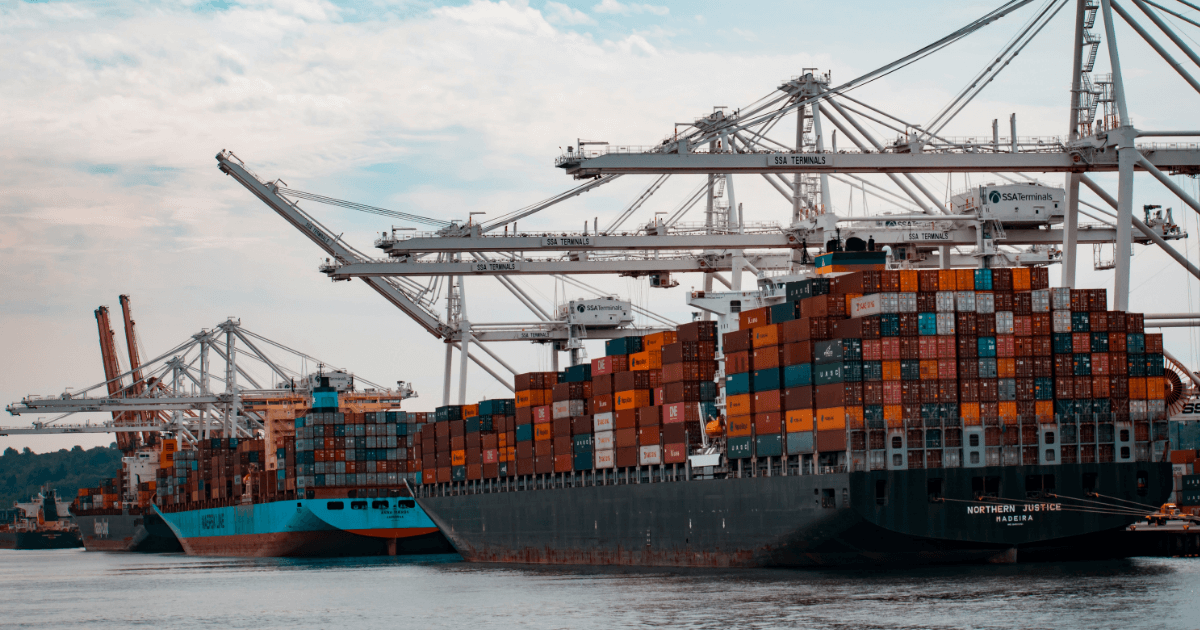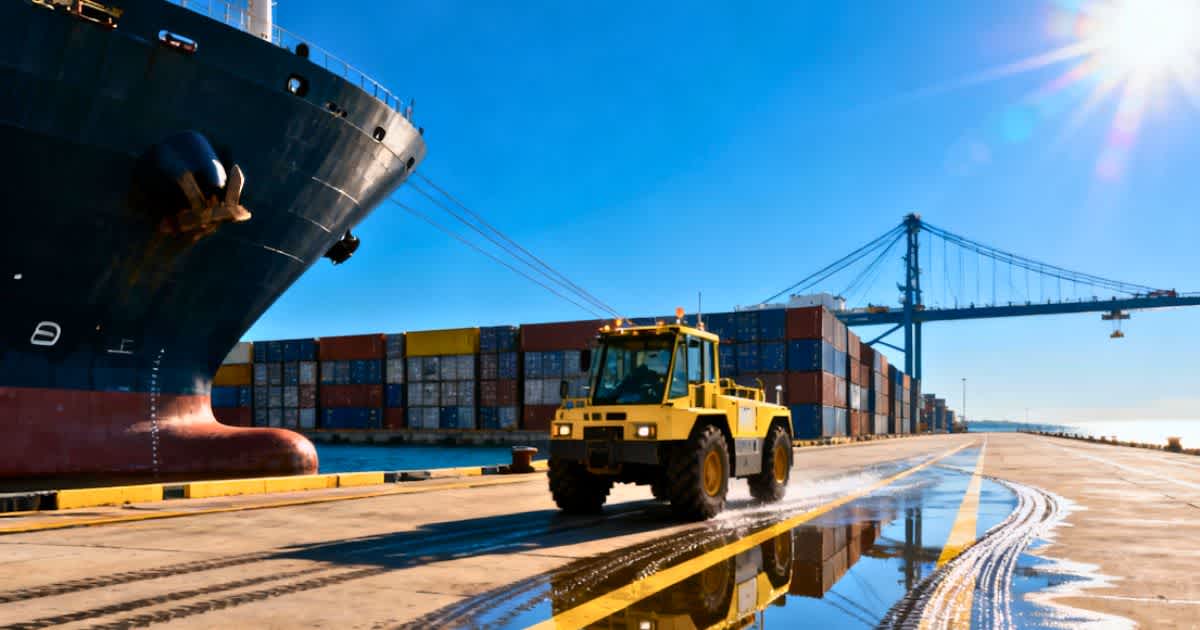The Global Supply Chain Pressure Index
Reading Time: 6 min.

The Global Supply Chain Pressure Index: A compass in turbulent times
In an era where global supply chains are under increasing pressure, the Global Supply Chain Pressure Index (GSCPI) provides essential guidance. Developed by the Federal Reserve Bank of New York, this index captures the current and potential delays and impacts on global supply chains. But what makes the GSCPI such a valuable tool for companies? Let's dive deeper into the topic.
A more detailed look at the Global Supply Chain Pressure Index
The GSCPI is at the center of our consideration as it plays a crucial role in assessing and understanding the complexity of global supply chains. This index is not just a metric, it is a comprehensive assessment of the wide range of disruptions that can affect supply chains around the world. From natural disasters and geopolitical tensions to economic turmoil and unexpected events such as pandemics, the GSCPI takes into account a wide range of factors that can impact the stability and efficiency of supply chains.
The Federal Reserve Bank of New York has developed the Global Supply Chain Pressure Index GSCPI with the aim of providing a tool that makes the pressure points within global supply chains transparent. By analyzing data from various sources, the index provides a realistic overview of how much pressure is on supply chains at any given time. This information is invaluable for companies that operate in a dynamic global market environment and need to respond proactively to disruptions.
The following faults currently affect the GSCPI:
Geopolitical conflicts: Events such as the Houthi attacks in the Red Sea have a direct impact on shipping routes and therefore on delivery times and rising container and freight prices. The Ukraine-Russia conflict affects global supply chains through market uncertainties, increased energy prices and impaired raw material supplies, which leads to rising production costs.
Economic fluctuations: Inflation and macroeconomic fluctuations have a direct impact on the cost of materials and products. For the procurement sector, this results in increased transportation and production costs, which makes it necessary to adapt purchasing strategies. Companies are faced with the task of managing these costs efficiently in order to remain competitive without compromising quality or customer satisfaction.
Pandemic-related disruptions: The after-effects of lockdowns and restrictions are causing a significant shortage of supplier parts, which is severely affecting production processes. Companies have to adapt their production strategies, which leads to delays and limited product availability.
High values in the Global Supply Chain Pressure Index signal increased disruptions in the global supply chain, allowing companies and customers to make targeted adjustments to ensure the stability of their supply chains. The current trend is encouraging, as can be seen in the chart below: the pressure on global supply chains has eased and is now below the long-term average from 1997 to 2023. This development indicates a more stable supply chain environment that favors planning security and operational efficiency.

Advantages of the GSCPI
Risk management
One of the greatest strengths of the GSCPI is the provision of transparent, real-time data. High values in the index signal high disruptions in the supply chain, which requires immediate planning to minimize potential impacts. With reference to real-time data and quick adjustments in the procurement process, the Line Up Supply Chain Dashboard offers a transparent solution for companies and customers to adapt their processes quickly and efficiently. Among other things, the current exchange rates are shown here. Thanks to 30 years of experience, Line Up reacts agilely to global supply chain changes, uses its deep understanding of the industry to make proactive adjustments and thus strengthens the resilience and adaptability of its customers' supply chains.
Regular assessment of risks
The Global Supply Chain Pressure Index (GSCPI) is updated on the fourth business day of every month. This allows current and potential disruptions to be accurately recorded. It enables decision-makers to identify risks at an early stage and develop appropriate risk mitigation strategies. This proactive approach helps companies to prepare for unforeseen events and strengthen the resilience of their supply chains. The GSCPI therefore serves not only as a barometer for the current state of supply chains, but also as a strategic tool that helps to ensure the long-term stability and efficiency of business processes.
Regional supply chain indicators: a global comparison with the GSCPI
The Global Supply Chain Pressure Index (GSCPI) provides a bird's eye view of potential disruptions in the global supply chain. It also provides regional indicators for examining trade, inflation and globalization trends in key regions such as the US, China, Japan, the Eurozone, South Korea, Taiwan and the UK. It analyzes and compares data and indicators from different geographic regions. This capability is based on a comprehensive data collection that includes specific information on supply chain disruptions, economic conditions, logistical challenges and other relevant factors. By analyzing this data, the GSCPI can highlight differences in supply chain pressures between regions. These regional analyses are particularly valuable for companies operating in multiple countries or continents. They make it possible to better understand and evaluate risks and opportunities in the respective markets. For example, regions where pressure on supply chains is particularly high can be identified, which could indicate potential disruptions or bottlenecks.
The Global Supply Chain Pressure Index as a valuable resource
The Global Supply Chain Pressure Index is an indispensable resource for anyone working in the procurement and logistics industry. It not only provides insights into current and potential challenges, but also the tools to respond to them. These tools include real-time data analysis, specific regional indicators, trend analysis and forecasting, a disruption alert system, benchmarking tools, detailed reporting and analysis. In a world where supply chains are subject to constant change, the GSCPI is a valuable compass to help companies steer their course through stormy times. With the GSCPI and the Line Up Supply Chain Dashboard at your side, you are well equipped to recognize the dynamics of global supply chains early and transparently and to make your supply chain more resilient and efficient.
If you're wondering how we at Line Up keep your supply chain stable and protect it from disruption, take a look at our FAQs for more information.
Newsletter Registration
Sign up now for our free Line Up newsletter and stay up to date.





